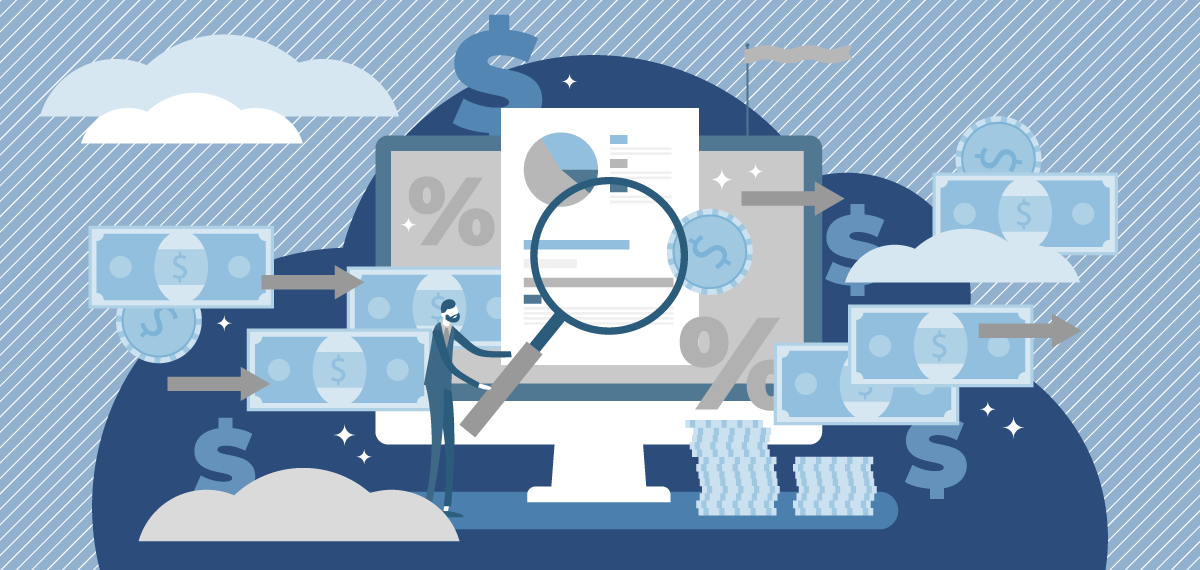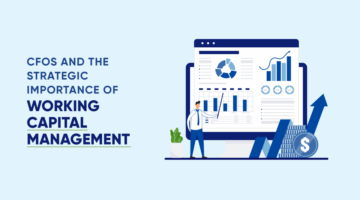Improving Cash Flow in the New Year
For small- and medium-sized businesses, cash is king. When times are tough, and when the market shifts, steady cash flow and liquidity can help your business continue to pay its expenses and make payroll on time. Even if a business is increasing its sales, it can be doomed to fail if cash flow is not carefully monitored and controlled. In fact, for small- and medium-sized businesses that failed, 60% cite cash flow as a main factor. The most proactive measure to take control of your cash flow is to first create a 13-week rolling cash flow forecast. (If your business does not already utilize this tool, contracting a fractional accountant to build and manage one is a great first step!) Once you have a strong forecast in place to provide visibility into your cash flow, taking the measures described below can also help your business better manage its cash in the new year.
Build a Better Budget
The beginning of the year is the ideal time to analyze your business’ performance from the year prior and make decisions accordingly. Look at how your business did in each quarter of last year. Do you notice any patterns or recurring cycles, such as increased sales during summer, or a slow-down in the winter? Use historical data to determine how much money you’ll need each season to pay recurring bills and expenses. If you have a large fluctuation between seasons, you should plan to save money during more successful months to cover expenses during slower ones.
Focus on Accounts Receivable
Payment delays can take a huge hit on your cash flow, which is why it’s crucial to have a strong invoicing process in place. If your business offers payment terms of over 30 days to clients, consider reducing these terms so that you’re able to pay bills or make orders as needed. Similarly, you can offer an incentive for on-time payments (such as a slight discount), or a penalty for late payments.
Payment reminders for clients that you’ve already invoiced can be helpful. Many invoicing systems can automatically do this for you. Additionally, expanding the payment forms that your business will accept can help speed up your collections process. If you’re in the retail industry, consider if the costs of utilizing a buy-now-pay-later option are worth it.
If your collections process needs additional support, or you don’t have an organized collections process in place, this is a great area for a fractional consultant to step in and implement AR procedures.
Reduce Business Expenses
If your business is struggling to maintain a healthy cash flow—and consequently struggling with debt payments—you have to either increase revenue or reduce business costs, the latter of which tends to be easier. To begin, determine your total business expenses from the last six months. Next, determine recurring expenses, such as rent, utilities, subscriptions, or software fees. Add up the costs, then multiply that number by 10 percent. Then, determine ways in which you can cut your business expenses by that percentage. The freed-up funds can then be used towards your highest debt priorities.
Bringing in an outsourced, unbiased third party to analyze your business expenses can help you discover ways to cut costs without compromising the overall efficacy of your business.
Increase Prices
Increasing prices is a highly effective cash flow management tool, although it can be intimidating to feel like you’re putting your business at risk of losing customers. However, consider the value that your business provides—if you provide significant value to your customers, they want to pay you for it!
Before changing your pricing model, however, take a look at:
- Your direct costs
- Gross profit
- Gross margin
- Comparable product or service offerings
Gaining more visibility into your pricing can help you better determine the pricing model you need to make profit and improve cash flow, as well as know what the market will pay for your product.
Keep in mind, few businesses maintain the same revenue throughout the entire year. It’s completely normal for revenue to fluctuate on a monthly basis. However, by implementing proactive procedures and tracking cash flow through a forecast, these fluctuations will have less power over the state of your business.
Get Your Free Consultation
Gain Financial Visibility Into Your Business
We provide outsourced CFO, fractional CFO, and temporary CFO, Controller, and operational Accounting services that suit the needs of your business.
- Hourly Rates
- No Hidden Fees
- No Long Term Requirements
NOW CFO provides the highest level of expertise in finance and operational accounting to accelerate results and achieve strategic objectives for sustainable growth and success.
After completing the form, a NOW CFO Account Executive will reach out and learn more about your needs so that we can pair you with the right Partner.
Learn More: Demystifying the Cash Flow Statement



